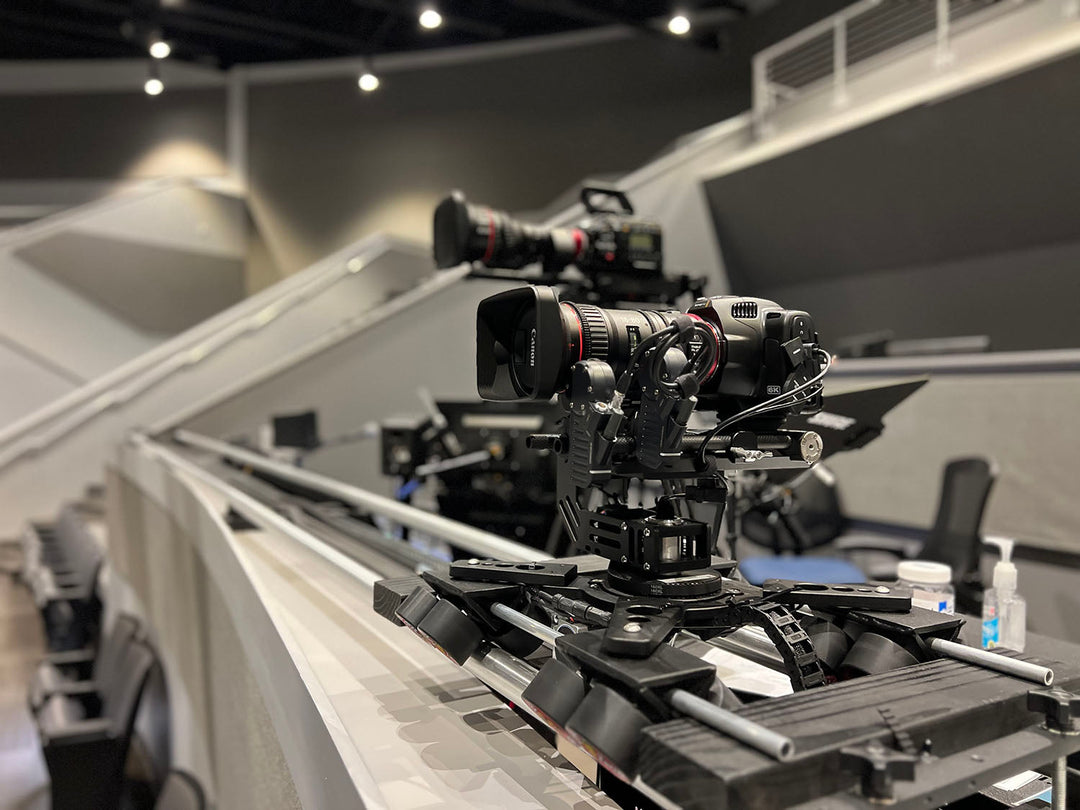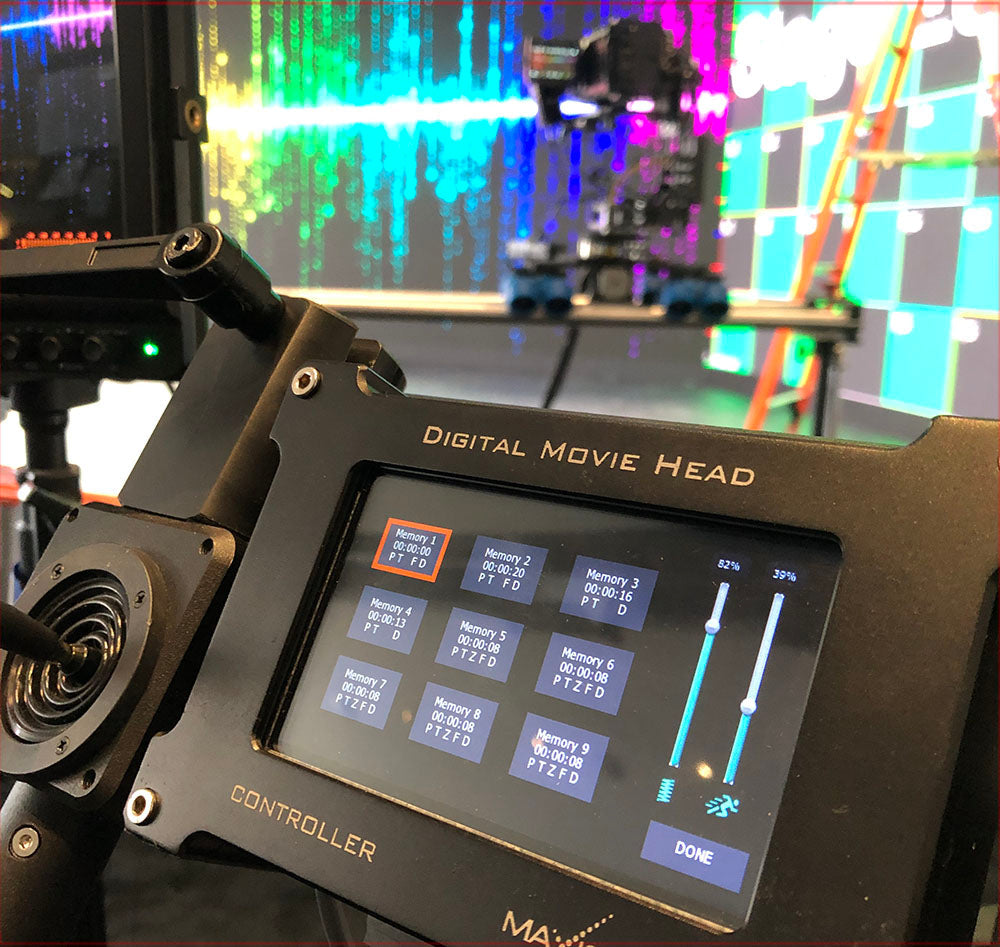Unlocking the Power of FreeD Protocol with Unreal Engine and Maxicrane Motion Control Systems Introduction

The FreeD protocol, short for Free-Dimensional protocol, is a crucial technology in the realm of virtual production. It facilitates precise camera tracking, allowing for seamless integration between physical and virtual environments. When combined with Unreal Engine and Maxicrane's advanced motion control systems, such as the Ostrich MK2 and Scarab Dolly, the results are transformative for film and virtual production industries. This blog post will delve into how the FreeD protocol works with Unreal Engine and other software, and how it enhances Maxicrane's motion control capabilities.
What is the FreeD Protocol?
FreeD is an open standard protocol used for transmitting real-time data about the position and orientation of a camera. This data is essential for creating augmented reality (AR) and virtual reality (VR) experiences where virtual elements need to align perfectly with the real-world footage. FreeD data is typically transmitted via UDP packets, making it compatible with various software platforms, including Unreal Engine and Unity.
Integrating FreeD with Unreal Engine
Unreal Engine, a leading real-time 3D creation platform, supports the FreeD protocol through its Live Link plugin. This integration allows for real-time data streaming from physical cameras to virtual cameras in Unreal Engine, ensuring precise alignment and synchronization. Here’s a step-by-step overview of the integration process:
- Enable the FreeD Plugin: In Unreal Engine, navigate to the plugins menu, search for the FreeD plugin, and enable it. Restart the engine to apply the changes.
- Set Up Live Link Source: Open the Live Link window, add a new source, and select the LiveLinkFreeD source. Configure the UDP port to match the port used by your FreeD data stream.
- Assign Live Link Data to Virtual Camera: Add a CineCameraActor to your scene and attach a Live Link Controller component. Configure this component to use the incoming FreeD data stream, enabling real-time control of the virtual camera's position and orientation.
Maxicrane Motion Control Systems and FreeD
Maxicrane’s motion control systems, like the Ostrich MK2 and Scarab Dolly, are designed for high-precision camera movements, crucial for professional filmmaking and virtual production. These systems can integrate with the FreeD protocol to enhance their capabilities further:
- Ostrich MK2: This system features a six-axis programmable crane-bot with precise camera tracking capabilities, making it ideal for AR and VR applications. Its integration with FreeD and Unreal Engine allows for real-time adjustments and seamless blending of physical and virtual environments (maxicrane).
- Scarab Dolly: Known for its smooth and precise movements, the Scarab Dolly benefits from FreeD integration by providing accurate positional data, ensuring that virtual elements match the real-world camera movements flawlessly (maxicrane).
Practical Applications in Virtual Production
The combination of FreeD protocol, Unreal Engine, and Maxicrane’s motion control systems opens up numerous possibilities:
- Virtual Sets: Create immersive virtual sets where physical cameras' movements are mirrored in the virtual environment, allowing actors to interact naturally with both real and virtual elements.
- Augmented Reality: Enhance live broadcasts or events with augmented reality elements that interact seamlessly with real-world footage.
- Previsualization: Directors and cinematographers can visualize complex scenes in a virtual environment, making real-time adjustments before actual filming begins.
Conclusion
The FreeD protocol is a game-changer in the field of virtual production, offering unparalleled precision and flexibility. When integrated with Unreal Engine and Maxicrane’s motion control systems, it significantly enhances the creative possibilities for filmmakers and virtual production teams. By understanding and leveraging these technologies, creators can push the boundaries of what's possible in film and digital content creation.
For more detailed technical documentation and tutorials, you can explore resources on the Epic Developer Community and GitHub (Epic Dev | Home) (GitHub).





Leave a comment